Images
All images were generated for the SIGGRAPH '92 paper, "Predicting
Reflectance Functions from Complex Surfaces", by Stephen H. Westin,
James R. Arvo, and Kenneth E. Torrance, or for my eponymous Master's
Thesis from Cornell, or during work for those publications. All images
© Stephen H. Westin, Cornell University, and/or The
Association for Computing Machinery. All rights reserved.
All images are corrected for a monitor gamma of 2.2.
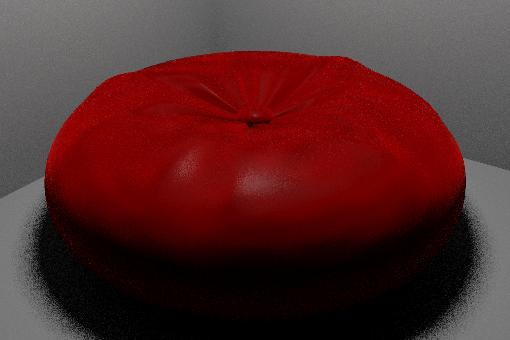
Bright velvet cushion. Note the
white highlight below the center button; this comes from the ends of
the individual nap fibers, which were square and polished in this
simulation. The fibers were 100% transparent in the red channel,
resulting in the really tacky red color.
This was the image generated back in 1992; for a somewhat nicer, more
recent rendition, look here.
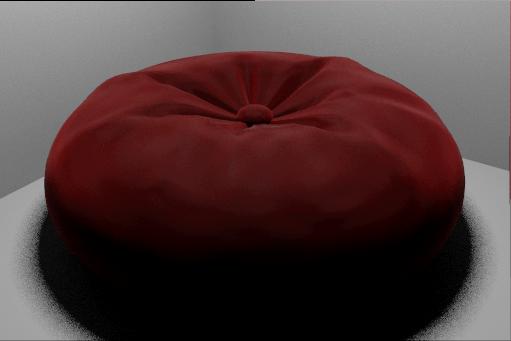
Dark velvet cushion; shown at SIGGRAPH '92, but didn't
make it in time for the proceedings. The highlight is gone, because
we gave each fiber a spherical end cap. These nap fibers were
slightly absorbent in the red band, giving a much darker color.
This was the image generated back in 1992; for an improved version,
look here.
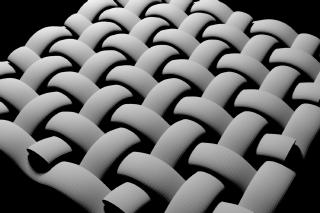
Weave microgeometry used for cloth simulation.
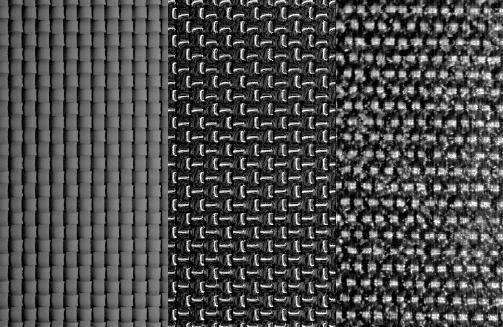
3-way comparision:
cloth microgeometry with Lambertian BRDF, with microscale
thread BRDF, and photomicrograph of actual black synthetic cloth.

Black nylon cushion.TIFF version; no gamma correction
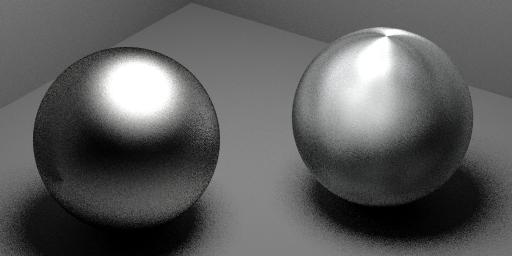
Comparison of isotropic vs. anisotropic aluminum BRDF.
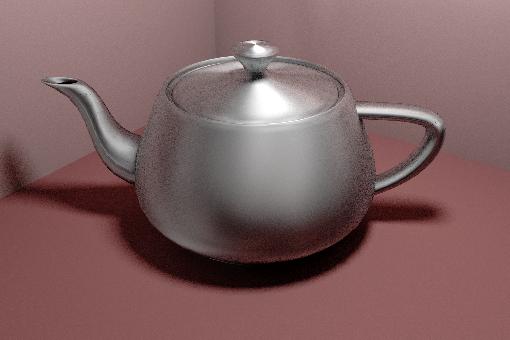
Spun aluminum version of the Utah teapot.

Anisotropic aluminum
wheel. The center cap is smooth; the conical appearance is solely due
to the anisotropy of the BRDF.
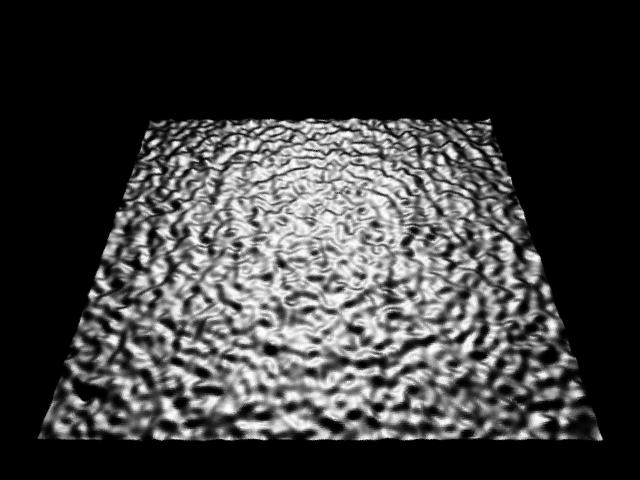
Rough surface with Gaussian
autocorrelation function. Sigma = 10 micrometers, tau = 65
micrometers. Width of patch is 4 mm. Geometry for this surface and three others like it is available.

Stephen H. Westin westin@earthlink.net
Last modified: Mon Sep 5 22:35:01 EDT 2011









